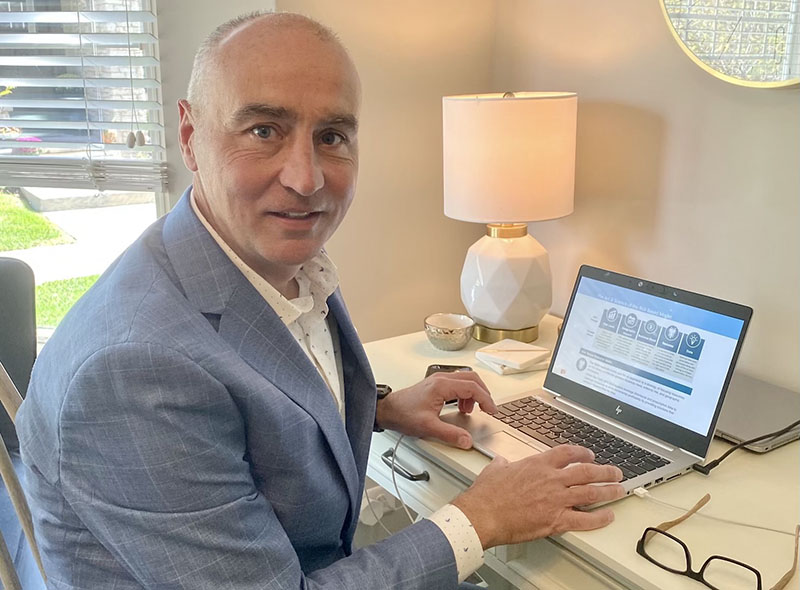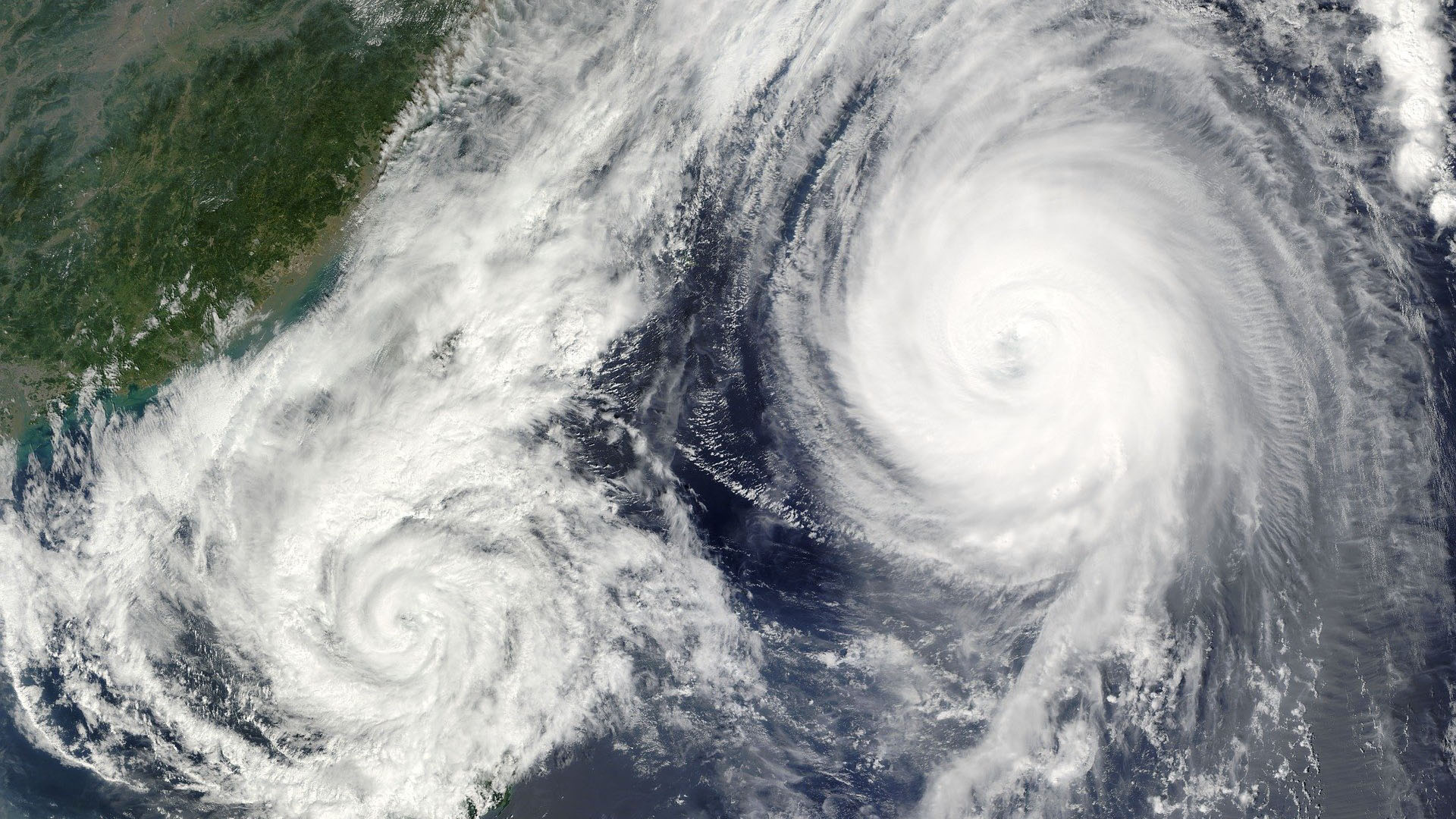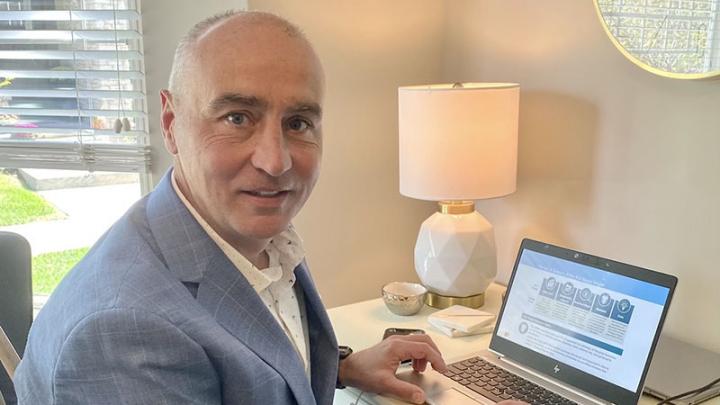Part 3: A small army serving stores
Previous: Part 1, Part 2
Todd Lyle, senior director of field operations for APS, chuckles when his national team of 330 is referred to as the “foot soldiers” of Walgreens.
“Most people say that,” says Lyle, who started as a loss prevention supervisor 17 years ago in Grand Rapids, Mich. “We’re absolutely the boots on the ground that have the relationships and are constantly feeding information up so the business continuity team and the SOC can respond accordingly.”
COVID-19 has changed the usual drill. Before the pandemic, the 195 APS managers in 16 regions would visit stores regularly, including when dispatched by the SOC to sort through issues ranging from attempted gift card scams to robberies. Now, to mitigate the risk of virus transmission, they’re limited to two store visits per day, for situations that are especially serious. But they’re still in contact with stores just as much, using their remote access to business systems and store cameras to provide support.
That said, as community incidents and weather events have been added to the threat pile in 2020, the biggest contribution from APS might well be work that began years earlier: local relationships that allow Walgreens stores – already considered essential businesses – to reopen faster.
“When there’s a hurricane, earthquake, fire, flood or community disturbance, my asset protection managers have already been out there building partnerships with local law enforcement and emergency management organizations, local political leaders and community leaders, creating a giant contact list,” Lyle says. “The key is patient continuity – let’s get to the stores, see what the damage is and then do what we need to do to get it open again and bring team members back safely. If a whole town or area is shut down, we’ve built a relationship with law enforcement who can grant us access into areas people that might not yet be open to the public, or share advance information. Just imagine 195 people out there building this massive Rolodex so that we know who to call wherever disaster strikes. That’s really how we work through these different large-scale things that are going on at the same time.”

Beyond the partnerships, there’s also robust preparation. Lyle’s team works closely with business continuity on the playbooks already in existence and does exercises with regional leaders in anticipation of certain kinds of events.
That doesn’t necessarily make the emotional aspect of an emergency any easier. Each APS manager supports around 40 to 45 stores and usually knows the employees well. They worry about their friends. Lyle worries for his own team, too. The violence and looting in multiple cities at the end of May “was three days of sheer stress – the most Rolaids I’ve ever needed,” he says.
Not one of Walgreens’ 200,000-plus field employees was reported injured during those events. Lyle considers it this year’s greatest success.
“We can replace candy bars and sodas, but we can’t replace these team members,” he says.

